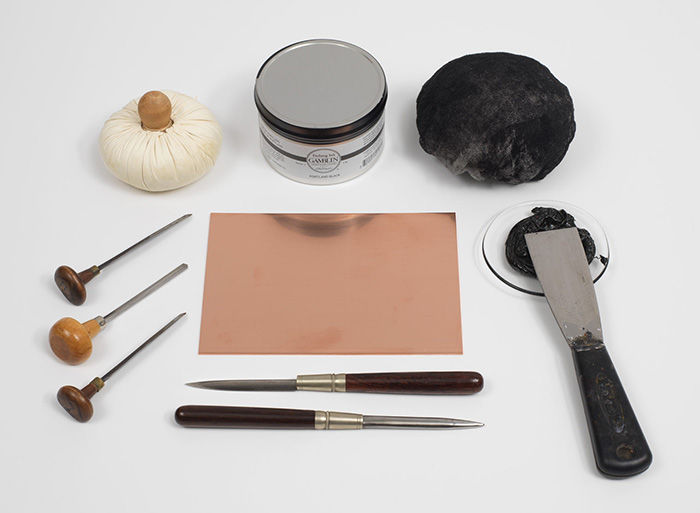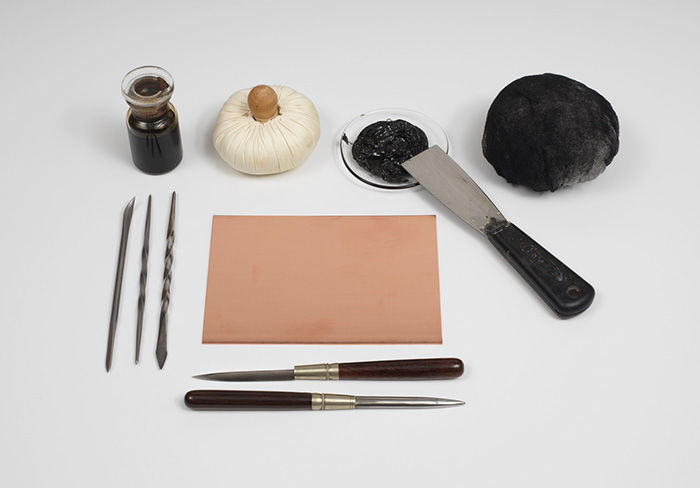Prairie Titlark. Anthus hypogaeus [current name: American Pipit. Anthus rubescens], from "The Birds of America," plate 80 [later LXXX]
Not on view
This print from Audubon's The Birds of America represents an adult bird in profile perched on rocks amid Moss Phlox and mushrooms. Its back and tail are brown with a darker patch below the eye and a pale stripe above. The underparts are tan with brown speckles along the sides, and the wings brown and grey. This is a first variant, before the plate number changed from 80 to LXXX. Audubon probably started the related painting in 1815 and finished it later. The American Ornithologists' Union Check-list (1998) changed the Engilsh name of this species from Water Pipit to American Pipit and its scientific name from spinoletta to rubescens. Audubon thought it a new species and named it Prairie Titlark. Later he decided it was the same species as the birds in Plate X which he called Brown Titlarks.
Audubon placed the birds in his prints amongst plants native to their habitats, a significant departure from traditional natural history drawing practice. Also innovative was to often show birds in movement and, when more than one appear, from different points of view to display more of their plumage. Engraved text below gives English vernacular names for the birds followed by Latin, with plants identified in the same way. Full sets of The Birds of America contain 435 life-sized depictions. Over thirteen years, subscribers periodically received sets of five prints (each set containing images of two small, one medium sized and one large bird species). Engraved numbers at upper left and right identify the set number and individual plate number. Double elephant-folio sized sheets of paper were used, no matter the size of the printing plate, to allow the sets to be bound together once complete. Fewer than two hundred full sets were produced. When later divided, previous owners of individual prints often trimmed the margins. This work retains its original margins.


